A new short-term trial is taking place in Teagasc Research Centre, Mellows Campus, Athenry, to assess the rate of wool regrowth on recently shorn lambs.
Head of sheep programme Michael Gottstein explains that for lambs going on to forage crops or being fed intensively indoors, the less wool sheep have to pick up dirt, the cleaner lambs are likely to be at slaughter.
However, the challenge is if lambs get dirty, and in particular if the skin gets dirty, will lambs be able to be shorn clean before slaughter.
Lambs on the trial have been shorn for three weeks and last week had the first clippings shorn to track wool regrowth.
Michael said: “The information will inform us as to how to shear and when best to shear for lambs going into high-risk situations, such as grazing forage crops, for example.
“In the meantime, what we are saying to farmers is bare shearing lambs eight weeks before slaughter is probably going to be fine in terms of having sufficient wool regrowth.
“For lambs going on to forage crops or being fed intensively outdoors, it is probably too late or heading that way to shear lambs fully, but we are advising that belly clipping will stop muck or dung from accumulating on them.
“A lot of farmers focus on the back end, but the area from behind the shoulders along the cut line is high risk.”
A new short-term trial is taking place in Teagasc Research Centre, Mellows Campus, Athenry, to assess the rate of wool regrowth on recently shorn lambs.
Head of sheep programme Michael Gottstein explains that for lambs going on to forage crops or being fed intensively indoors, the less wool sheep have to pick up dirt, the cleaner lambs are likely to be at slaughter.
However, the challenge is if lambs get dirty, and in particular if the skin gets dirty, will lambs be able to be shorn clean before slaughter.
Lambs on the trial have been shorn for three weeks and last week had the first clippings shorn to track wool regrowth.
Michael said: “The information will inform us as to how to shear and when best to shear for lambs going into high-risk situations, such as grazing forage crops, for example.
“In the meantime, what we are saying to farmers is bare shearing lambs eight weeks before slaughter is probably going to be fine in terms of having sufficient wool regrowth.
“For lambs going on to forage crops or being fed intensively outdoors, it is probably too late or heading that way to shear lambs fully, but we are advising that belly clipping will stop muck or dung from accumulating on them.
“A lot of farmers focus on the back end, but the area from behind the shoulders along the cut line is high risk.”




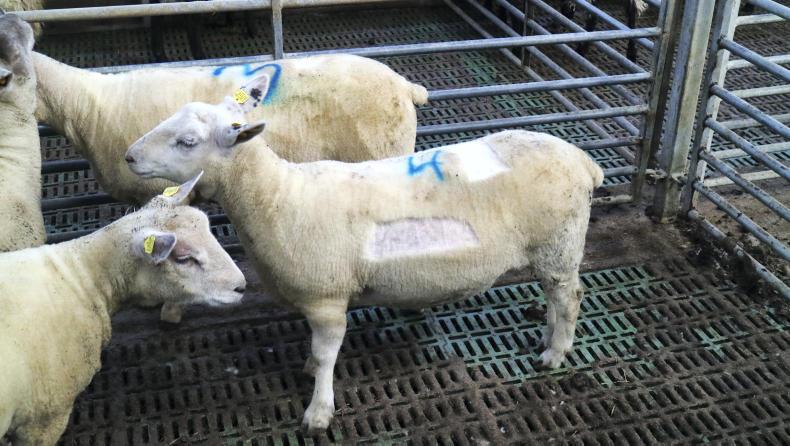
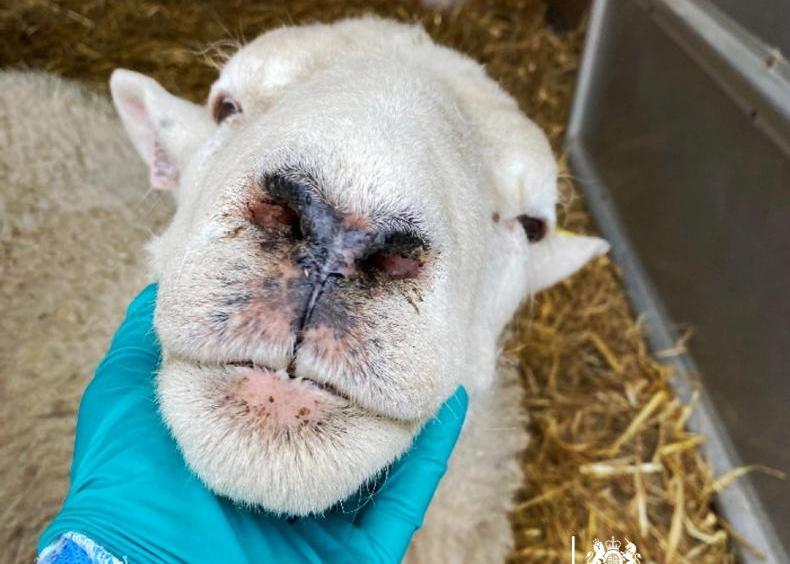

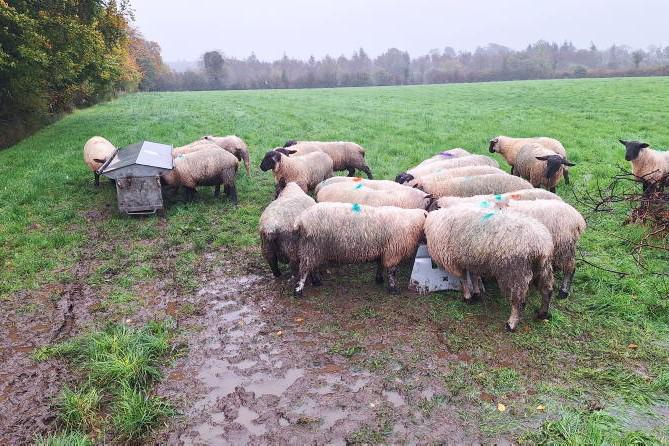
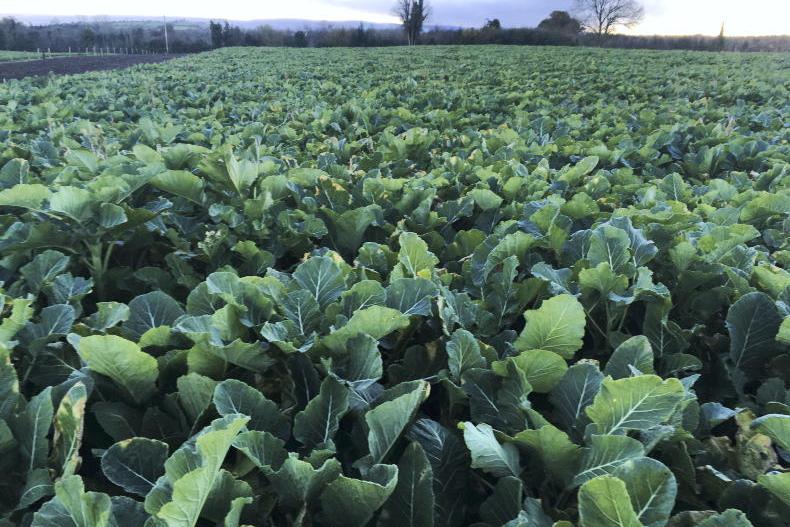
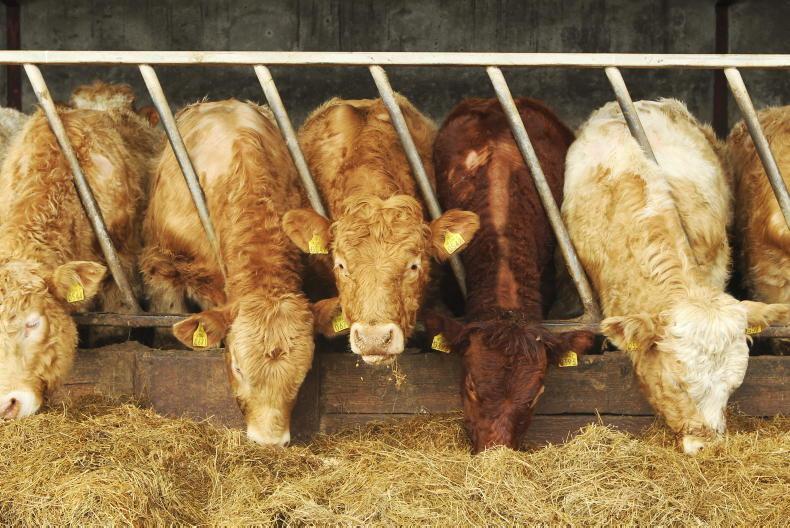
SHARING OPTIONS